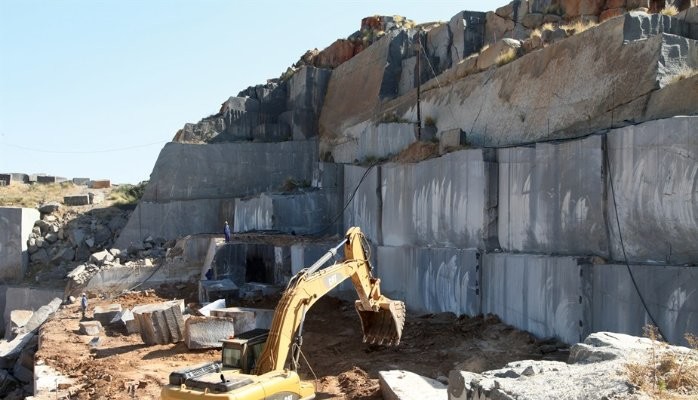
Granite as a CMM material
One of the great things about Wenzel CMM's is that the moving axis all ride on air bearings. The bearing surfaces are all granite. Some companies use a variety of materials on their different CMM's. In fact you can see arguments for granite and against granite all over the internet, sometimes written by the same person. Let's talk about the granite mass of the bridge.
First generation scanning CMM

In the case of this particular machine type, I was part of a group at my last company that would retrofit these frames with the 
incredibly accurate because the use of granite lapped bearing surfaces, round air bearings and CAA. The speed penalty was mitigated by the increased accuracy and the fact that when scanning the probeheads operated best at 5-100mm/sec.
You can also see the size of the Z ram. It had to carry the massive scanning measuring probehead. This machine was stoutly built, to accommodate scanning which provided great accuracy and data confidence.
What about today?

You can also see the comparison between the Z rams. I used the 
The argument that using granite in the X bridge and Z ram because of the increase mass slowing the machine down, just doesn't hold water. A quick check of various manufacturing (Wenzel, Zeiss, Hexagon, Mitutoyo) spec's shows comparative machine speeds 500mm/sec - 550mm/sec.
To see Wenzel turning granite into CMM's check out this video.